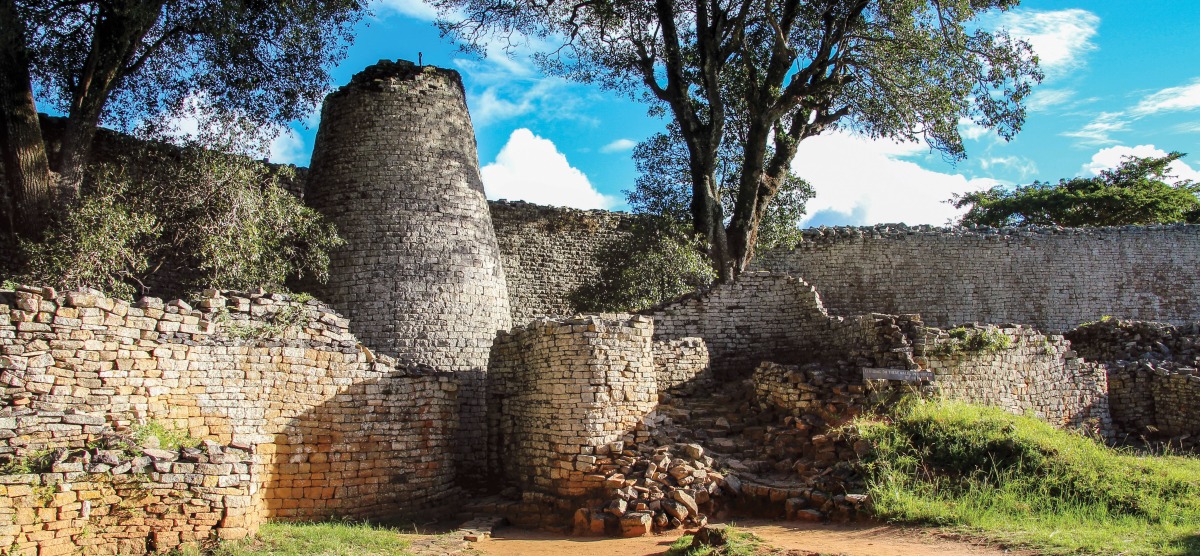
Making History
An archaeologist unearths the history of the Swahili States.
With Benjamin Franklin among its founders, the American Academy of Arts & Sciences enjoys an impressive intellectual provenance and a lofty mission—“to cultivate every art and science which may tend to advance the interest, honor, dignity, and happiness of a free, independent, and virtuous people.”
Among its newest members is Chapurukha M. Kusimba, M.A. ’89, Ph.D. ’93, a scholar who specializes in the archaeology and cultures of East Africa.
As one of a new generation of African scholars, Kusimba helped rewrite the history of pre-colonial Africa. “When I was a youngster,” he writes, “the history of Africa was less well known, and we were taught in school that African cultures had remained pretty much unchanged until European missionaries and colonialists arrived in the late 19th century.”
In his landmark book, The Rise and Fall of the Swahili States, that misunderstanding—the legacy of a Eurocentric and colonialist worldview—gives way to a far richer, far more complex history.
Early scholars argued that the Swahili civilization of the pre-colonial era was built, not by Africans, but rather by Muslim colonizers. But by drawing on archaeological, ethnographic, linguistic, and historical evidence, Kusimba demonstrates that it was indeed a local affair that grew from an agricultural base into a sophisticated mercantile society. At the height of its prosperity, from 1000 to 1500, the Swahili Coast saw the emergence of autonomous city-states with complex intraregional relationships; a cosmopolitan elite class that dominated economic, civic, and religious life; and a robust trade in natural resources—ivory, gold, and copper—and manufactured goods such as textiles, pottery, and ironware.
The archaeological record reveals the central role these states played in that trade network, which extended to the Persian Gulf, India, and China. As Kusimba explains, “T’ang and Sung dynasty coins and pottery have been found from Somalia to Zanzibar; African cereals have been grown in the subcontinent since the second millennium B.C.; traders from the Near East brought Roman coins and Egyptian glass.”
The 16th-century encounter with the Portuguese and the ensuing centuries of conquest and colonization disrupted everything—trade, politics, craft industry, agricultural productivity, urban life. “Swahili culture...,” Kusimba writes, “had grown on fertile African soil, from native roots, flourished, and been plucked in the full vigor of its blossoming. It would be no more.”
Published on: 09/04/2018